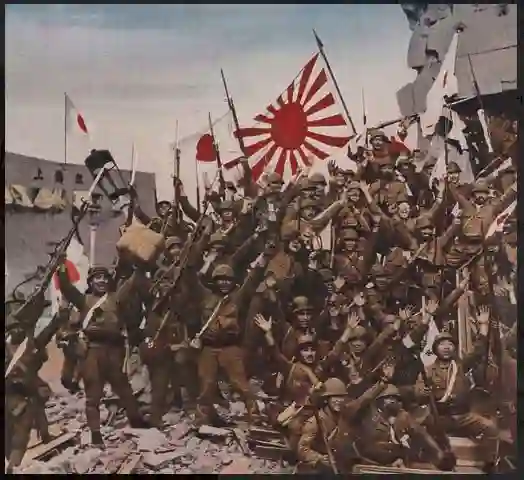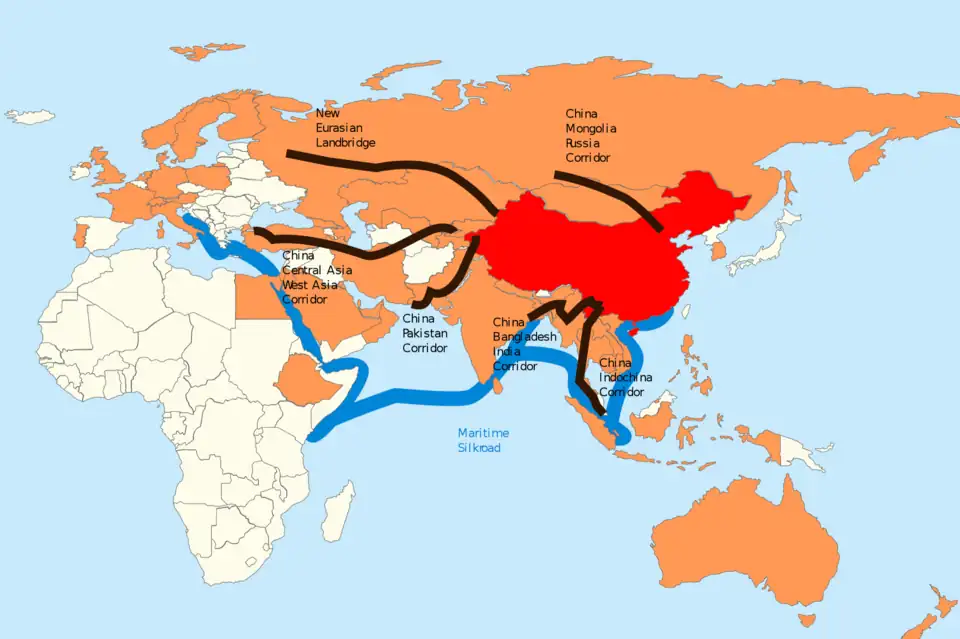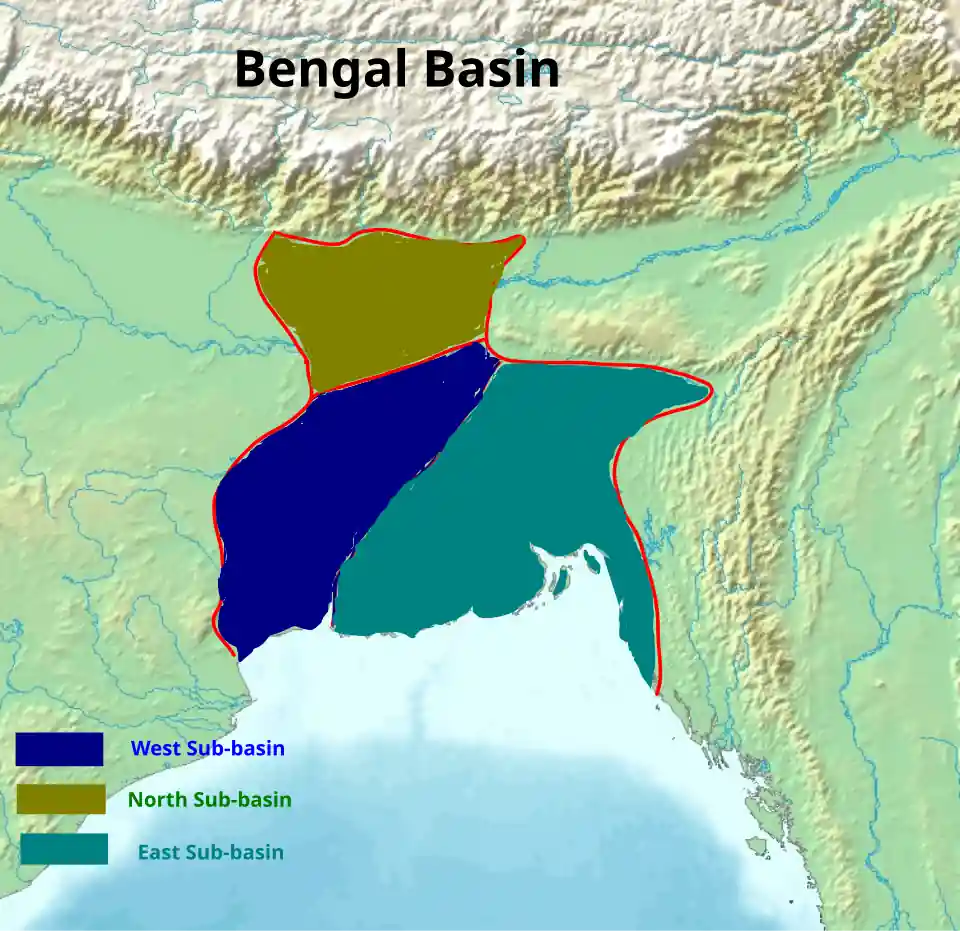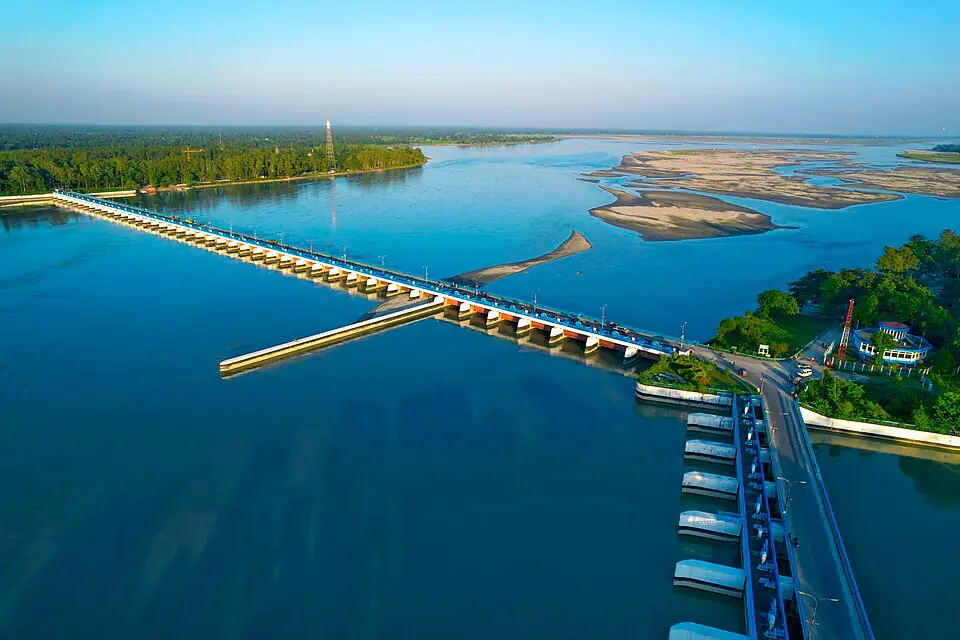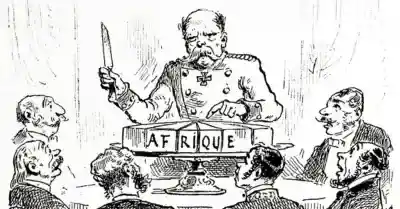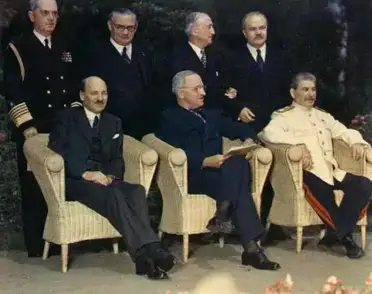Sakhalin Island’s $20 Billion Gamble: A Story of Power and Resources
Sakhalin Island, situated at the easternmost point of Russia, is a diverse and secluded region positioned between the Tatar Strait and the Sea of Okhotsk, to the north of Japan’s Hokkaido island. Together with the Kuril Islands, it comprises the Sakhalin Oblast region. It has long been a focal point of geopolitical contestation between Japan and Russia for centuries. With a rich history spanning millennia, the island’s strategic importance and abundant natural resources have fueled territorial disputes, diplomatic negotiations, and conflicting claims of sovereignty.
From its ancient origins as a remote outpost of indigenous cultures to its modern status as a contested frontier between major powers, Sakhalin’s journey reflects the complexities of geopolitics, diplomacy, and economic interests in the Asia-Pacific region.
💻 Table of Contents:
- Sakhalin: A Land of Indigenous Peoples and Russian Colonization
- The Treaty of Shimoda: The First Japan-Russia Diplomatic Deal
- Sakhalin Island’s Annexation: A Legacy of Russo-Japanese Relations
- Sakhalin Island: Russia’s East Asian Power Play
- Russia Seizes Ownership of $20 Billion Sakhalin 2 LNG & Japan’s Dilemma
Sakhalin: A Land of Indigenous Peoples and Russian Colonization
Sakhalin Island is the largest island under Russian jurisdiction that covers an area of about 72,492 square kilometers (27,989 sq miles). People from Sakhalin are known as Sakhaliners. The island’s population of approximately 500,000 consists mostly of Russians, along with Indigenous peoples such as the Nivkhs, Ainu, and Uilta, who have inhabited the region for centuries. The Nivkh, known for their fishing and hunting skills, were the first settlers, originating from the Transbaikal region in the Late Pleistocene. In the 19th century, the Russian Empire gained control over Sakhalin, establishing a penal colony from 1857 to 1906. This colonization had a significant impact on the Indigenous peoples, including the Nivkh.
The Treaty of Shimoda: The First Japan-Russia Diplomatic Deal
The Treaty of Shimoda, signed on February 7, 1855, marked the first agreement between the Russian Empire and Japan, then governed by the Tokugawa shogunate. It signified the conclusion of Japan’s 220-year policy of national seclusion by granting access to Russian ships in ports like Nagasaki, Shimoda, and Hakodate. Additionally, the treaty facilitated the establishment of Russian consuls in Japan and delineated the borders between the two nations. This development closely followed the Convention of Kanagawa, which Japan signed with the United States, further opening Japan to international relations.
Despite negotiations favoring Russia’s historical claim to the South Kuril Islands, international pressures, including the Crimean War, led to their cession to Japan. Sakhalin Island was declared a demilitarized zone, allowing Russia to continue colonization efforts, while Japan didn’t have the naval capability for such activities. The Treaty of St. Petersburg in 1875 granted Russia full sovereignty over Sakhalin Island while ceding the Kuril Islands to Japan. However, after World War II, Southern Sakhalin and the Kuril Islands became part of the USSR, leading to ongoing territorial disputes between Japan and Russia.
Sakhalin Island’s Annexation: A Legacy of Russo-Japanese Relations
During the Russo-Japanese War, Japan gained control of the southern half of Sakhalin Island, which was administered as a colony known as Karafuto. This invasion and occupation of the island occurred after the Battle of Tsushima and was prompted by a meeting between U.S. President Theodore Roosevelt and Japanese diplomat Kaneko Kentarō. Roosevelt agreed with Japan’s assessment that taking control of Sakhalin would pressure Tsar Nicholas II of Russia to consider a negotiated settlement to end the war.
Following the Russo-Japanese War (Feb 8, 1904 – Sep 5, 1905), Japan and Russia signed the Treaty of Portsmouth (on September 5, 1905), which resulted in the transfer of the southern half of Sakhalin Island from Russia to Japan and also formally ended the War. This region, known as Karafuto in Japanese, was administered by Japan as a colony for several decades. Japan developed the area’s infrastructure, established industries, and encouraged Japanese settlement on the island.
 |
| Image Source: Wikimedia Commons: Russo-Japanese War |
However, Sakhalin Island came under Russian control following the end of World War II and the signing of the San Francisco Peace Treaty in 1951. The southern part of Sakhalin Island, which had been under Japanese administration, was occupied by the Soviet Union in August 1945 as part of its military operations against Japan in the final days of the war.
The Soviet Union retained control over the entire island, including the southern portion, after the war. This was further solidified with the signing of the peace treaty, which officially recognized the Soviet Union’s sovereignty over the entirety of Sakhalin Island. Since then, Sakhalin Island has remained under Russian control as an integral part of the Russian Federation. Today, South Sakhalin remains under Russian control as part of the Sakhalin Oblast.
You May Also Read:
- Battle of Yellow Sea: Redefining East Asian Balance of Power
- Semi-militarized Cossacks & Russia’s Far Eastern Policy: A Look into Manchuria’s Complex Past
Sakhalin Island: Russia’s East Asian Power Play
Sakhalin, a resource-rich island in Russia, holds approximately 45 billion barrels of oil equivalent (BOE), making it a significant oil and gas producing region and an attractive target for foreign investment. The majority of Sakhalin’s oil and gas is exported to countries such as South Korea, Japan, Australia, New Zealand, Southeast Asia, and the United States. Two major energy extraction projects, Sakhalin-1 and Sakhalin-2, are operated by international consortiums.
Sakhalin-1 is managed by Exxon Neftegas Ltd in collaboration with Russia’s Rosneft, Japan’s SODECO, and India’s ONGC Videsh Ltd. Meanwhile, Sakhalin-2 is operated by a consortium consisting of Russia’s Sakhalin Energy Investment Company, Gazprom, Royal Dutch Shell, Mitsui, and Mitsubishi. Notably, Sakhalin-2 hosts Russia’s first liquefied natural gas (LNG) plant, supplying South Korea and Japan with LNG.
In the first six months of 2011, Sakhalin produced nearly 8 million tonnes of crude oil, marking a five percent upsurge from the preceding year. Sakhalin-1 and -2 accounted for the majority of this production. Additionally, around 13 billion cubic meters of natural gas were extracted during the same period.
Sakhalin’s importance as an oil and gas exporting region was underscored in a 2009 report by the Center for Strategic & International Studies. The report highlighted Russian oil exports from Sakhalin as offering reliability, security, and supply diversity. Geographically and politically distant from unstable regions like Nigeria, Venezuela, or Iraq, Sakhalin provides a stable and dependable source of energy.
Russia Seizes Ownership of $20 Billion Sakhalin 2 LNG & Japan’s Dilemma:
Russian President Vladimir Putin has signed a decree on 30 June 2022, on transferring the Sakhalin-2 oil and gas project (Total Project Value US$20 billion) to a new domestic operator in response to Western sanctions and perceived threats to Russia’s national interests. Foreign investors will need to apply to retain their shares within a month, with the Russian government deciding whether to allow them to keep their stake.
State energy company Gazprom will retain its majority stake, while British multinational Shell, Mitsui, and Mitsubishi are evaluating the situation. Japan, a major recipient of LNG from Sakhalin-2, emphasizes the importance of securing stable energy supplies through its interests in the project.
With Shell’s exit from the Sakhalin-2 LNG project, Japanese trading houses Mitsui & Co. and Mitsubishi Corp. are grappling with a dilemma. The project accounts for nearly 10% of Japan’s LNG imports and remains crucial despite increasing sanctions against Russia. Japanese companies acknowledge the divergent positions between Japan, Europe, and the U.S. on Sakhalin’s interests.
Withdrawal risks benefiting Russia and China, and Japan fears losing leverage in diplomacy and energy security. The potential gap in LNG supply could cost the public nearly $20 billion, while upward pressure on electricity and gas prices is a concern. Japan closely monitors the EU’s stance as it heavily relies on Russian oil and gas. Balancing national interests with international cooperation remains an ongoing challenge for Japan.
Conclusion:
In conclusion, Russia’s seizure of the Sakhalin 2 LNG facility from major stakeholders represents a significant development with far-reaching implications for energy markets and the global economy. It underscores the complex interplay between geopolitics and energy dynamics and highlights the challenges of navigating volatile geopolitical environments in pursuit of energy security and economic stability.
As geopolitical tensions continue to escalate, the seizure of Sakhalin 2 serves as a stark reminder of the interconnectedness of energy markets and global geopolitics. It underscores the need for countries to diversify their energy sources and reduce reliance on politically volatile regions. Moreover, it highlights the challenges facing multinational corporations operating in geopolitically sensitive industries and the imperative of assessing political risks in investment decisions.
Frequently Asked Questions
Sakhalin Island, situated at the easternmost point of Russia, is a diverse and secluded region positioned between the Tatar Strait and the Sea of Okhotsk, to the north of Japan’s Hokkaido island. Together with the Kuril Islands, it comprises the Sakhalin Oblast region. It has long been a focal point of geopolitical contestation between Japan and Russia for centuries. Is Sakhalin Russian or Japanese?
People from Sakhalin are known as Sakhaliners. The island’s population of approximately 500,000 consists mostly of Russians, along with Indigenous peoples such as the Nivkhs, Ainu, and Uilta, who have inhabited the region for centuries. What are people from Sakhalin called?
During the Russo-Japanese War, Japan gained control of the southern half of Sakhalin Island, which was administered as a colony known as Karafuto. When did Japan control Sakhalin?
Following the Russo-Japanese War (Feb 8, 1904 – Sep 5, 1905), Japan and Russia signed the Treaty of Portsmouth (on September 5, 1905), which resulted in the transfer of the southern half of Sakhalin Island from Russia to Japan and also formally ended the War. What did the Treaty of Portsmouth do?



